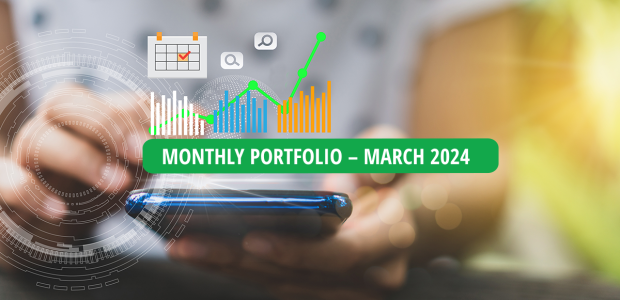People who have never invested before have a utopic belief that investing means achieving quick results and exiting with lots of money in a whim. However, investing is far different from earning the lottery: it takes reading and dedication to achieve decent returns. You should never count on luck, and you shouldn’t perceive your investments as gambling. In fact, building a smart investment strategy could help you save a decent amount of money and even retire early.
When it comes to savings and long-term investment strategies, the average person usually thinks of bank deposits and stock shares. While these traditional methods have proven to work for people with a substantial amount of free funds at hand, they aren’t your best choice albeit being a traditional one. The FinTech industry works relentlessly to provide alternative investment methods, with P2P lending being an instrument of interest for over 10 years now.
P2P investment platforms build a bridge between loan originators and investors so they can mutually finance consumer and business loans, while earning profits from interest rates, along with any additional fees. It’s win-win situation where originators get external financing for their services, and investors gain access to an inexhaustible market, high liquidity, varying ROI, and mitigated risk.
If you’re looking for a cash earning alternative that could multiply your savings while you stay in control, keep reading.
How can I orchestrate my investment decisions with P2P?
P2P investing really leaves control in your hands. You can choose what currency to open your account in, browse all available loans and decide which ones to invest in, and last but not least – you can withdraw your free funds anytime.
Our company – iuvo is one of the most user-centric platforms around. Using iuvo suggests no learning curve: you simply login and you see our Primary Market, which is a list of loans and their specifications. Our partner originators publish insightful data for each loan, so you can take an informed decision about your investment. You can see the payment plan, interest rate, risk rating and how many instalments have been paid so far (if any). Originators also include demographic data about individual borrowers: their age, marital status, hometown and monthly income (of course, no personal data is shown).
Having all this knowledge at hand, you can devise a long-term investment strategy and even diversify within the platform. We wrote an article about manual investing, where we give you some smart ideas for building your P2P lending approach. We suggest you to check it out, especially if you’re just starting.
How can I save money through P2P investing as my long-term instrument?
Platforms like ours offer you the opportunity to earn up to 15% annual returns, depending on your overall strategy and preferred risk level. Provided that you built a balanced P2P portfolio, you could expect an average of 8% in annual profit.
With bank deposits offering little to no returns, and stock shares being a highly volatile asset, it’s a no brainer that P2P lending can be a better contributor to your savings in the next decades. If you set aside a sum that’s proportional to one monthly salary, and you keep reinvesting your profit, you can expect steady growth in your long-term returns. Here’s an example graph that shows how your ROI could grow in the next decades, if you invested 5 000 EURO every year: Roadmap: Investing in P2P lending over 40 years. It wouldn’t be an overstatement to say you could become a millionaire, provided that you’re patient and persistent with your investing game.
Of course, it’s not necessary to start with this amount of money, and this graph is just an example of achievable results. We recommend you to register, take a look around, and start investing with suitable amount so you can become familiar with how our platform works. After browsing a few pages of loan listings, and investing in some of them, you will have learned enough to judge what size of investments and what level of risk you’re comfortable with. Then simply adjust your strategy as you go. Good luck!
 en
en 







